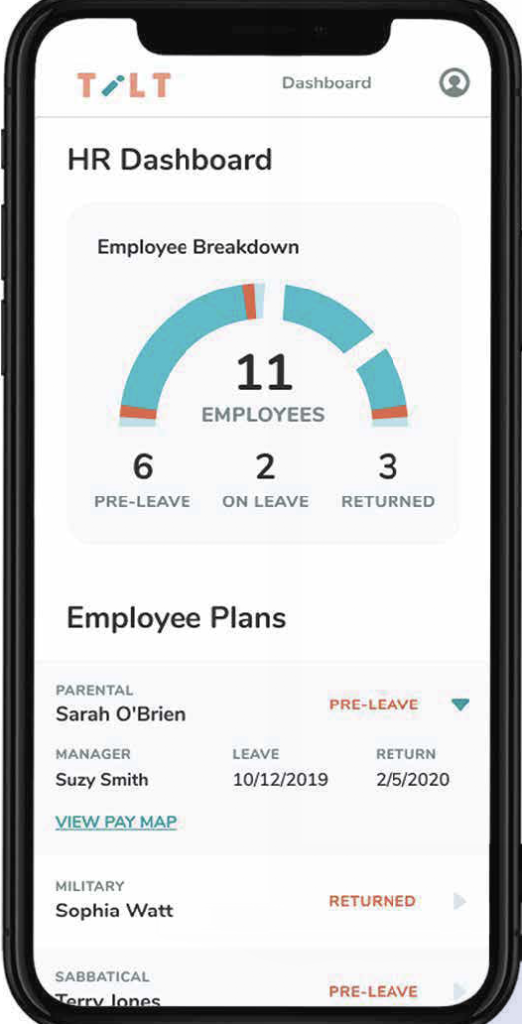On episode 49 of The HR Famous Podcast, long-time HR leaders (and friends) Tim Sackett, Kris Dunn, and Jessica Lee come together once again to discuss the importance of reference checks and a $15 minimum wage.
Listen (click this link if you don’t see the player) and be sure to subscribe, rate, and review (Apple Podcasts) and follow (Spotify)!
Show Highlights:
2:00 – Tim recently discovered that some millennial marketers didn’t know who Gary V was. Do the millennials and Gen-Z of your life know Gary V?
5:45 – Tim posted a blog post last week titled “You’re an Idiot If You Still Check References!” that got a lot of comments. He thinks it’s a huge waste of time because the references won’t say anything negative about the candidate (typically).
8:45 – JLee’s issue with reference checks is that they’re just not being done well and with the care and effort they need.
10:00 – KD agrees with JLee and thinks that reference checkers need to be set up to find negative information from the references. Otherwise, they’re not doing their job.
12:00 – Tim wants to ask the question to hiring managers, “When was the last time you rescinded an offer based off of a bad reference check?” He says that it never happens.
15:00 – KD thinks that the issue isn’t as big as Tim is making it. He thinks the issue isn’t the practice but how the practice is being done.
17:00 – JLee thinks it’s important that the right person is asking the questions in a reference check instead of someone that isn’t trained in the practice.
20:00 – Tim still thinks that no one is taking the time to actually do this the right way. He thinks that if we’re not going to do it right, why do it at all.
22:30 – It’s Tim vs. KD/JLee in this fight! KD asks Tim if he makes calls to check out someone before hiring them. Tim avoids the question.
23:00 – Next topic of the episode: President Biden put an executive order in place to pave the way to raise the minimum wage to $15 an hour.
24:45 – KD thinks that they mostly are fans of a living wage but that means different amounts in different regions of the country.
26:00 – Tim thinks this isn’t a political issue, but it’s been co-opted as a political issue because of the research that has come out on both sides of an issue.
28:30 – KD notes that most companies with primarily professional class workforces don’t have an issue with a $15 minimum wage. He also notes that people aren’t thinking about compression within the job market as much as they need to when being OK with a big increase in the minimum wage.
31:45 – JLee mentions her experience working at McDonald’s and how some older people worked there to support families but she was only doing it as a part-time gig in high school.


